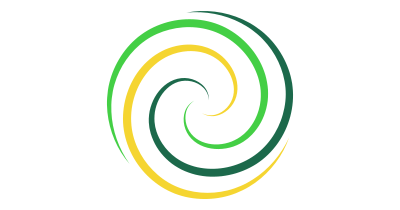
Doughnut Economics for children in Brazil
Children in São Paulo discovered Doughnut Economics through playful activities and a walk in nature.

On 9th November 2024, as part of the Global Donut Days, we brought Doughnut Economics to life in São Paulo, Brazil. Together with the CSO CoCriança and with support from Instituto Jatobás, we led a workshop at Parque Genaro de Carvalho in the Vila Mira neighbourhood. The goal? To introduce children to the idea of a fair and sustainable world by connecting the rights of humans and nature, while making Doughnut Economics principles accessible and engaging for them.
A hands-on introduction to Doughnut Economics
The activity began with an introduction to CoCriança’s work, which blends architecture, urban planning, education, and child participation. We talked about children’s rights and connected them to the activity by discussing the rights of all living beings in the park. The children were encouraged to reflect on what it takes to ensure the well-being of everyone, human and non-human.
To introduce the concepts of Doughnut Economics in a fun and engaging way, we started with an interactive activity. We asked each child to choose an animal, and we all mimicked its movements and sounds. This playful start helped create a relaxed atmosphere and got everyone connected.

We then explored the concepts of social and planetary boundaries from Doughnut Economics through a physical activity inspired by the "Holding Hands Doughnut" tool. The children formed a circle while holding hands and tried to stretch it further by stepping back. As the circle grew, it became harder to maintain, symbolising how our planet struggles when we exceed its limits by overusing resources.
Next, we demonstrated the importance of ensuring everyone’s basic needs — like food, housing, health, and education — are met. We shrank the circle to show that when these needs are not addressed, some people can be left out, falling into the "hole of the doughnut."
Exploring nature through new perspectives
The children then went on a sensory walk through the park, stepping into the perspective of different non-human beings like ants, birds, and trees. Equipped with magnifying glasses, clipboards, and coloured pencils, they observed and recorded what they saw, reflecting on how these creatures live, what they need to survive, and the threats they face.
.jpg)
This exercise deepened their connection to nature and encouraged them to consider the environmental and social challenges within their own community. The children also shared what they love about the park and what they feel is missing, such as more trees, shade, a swimming pool and spaces for play.


Drawing the big Doughnut together
After the walk, we gathered around a large doughnut drawn on the ground to share our reflections. The children contributed ideas about what we need to do to ensure that no one — human or non-human — is left out of the circle. This collaborative drawing allowed everyone to visualise a just and sustainable planet where everyone’s needs are met. The main goal was for the children to bring their own experiences, needs, and desires to the principles of Doughnut Economics, reflecting the specific characteristics of the space they inhabit, including its environmental, social, and cultural aspects.
.jpg)
Essa história está disponível com mais detalhes no Relatório Dias Donut Global do Donut Brasil, em português.
Attachments
Join the DEAL Community!
Get inspired, connect with others and become part of the movement. No matter how big or small your contribution is, you’re welcome to join!


